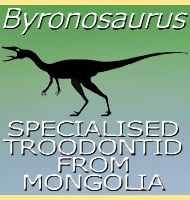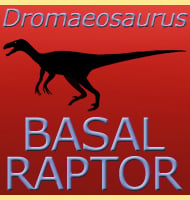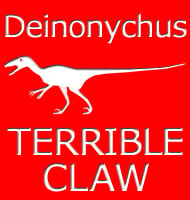Monolophosaurus
In Depth The almost complete specimen of Monolophosaurus was first discovered in 1984. This exciting find was initially named ‘Jiangjunmiaosaurus’ after Jiangjunmiao, an abandoned inn near where the skeleton was found, but it was never an official name hence the lack of italics and its description as a nomen nudum (a name that is not … Read more



